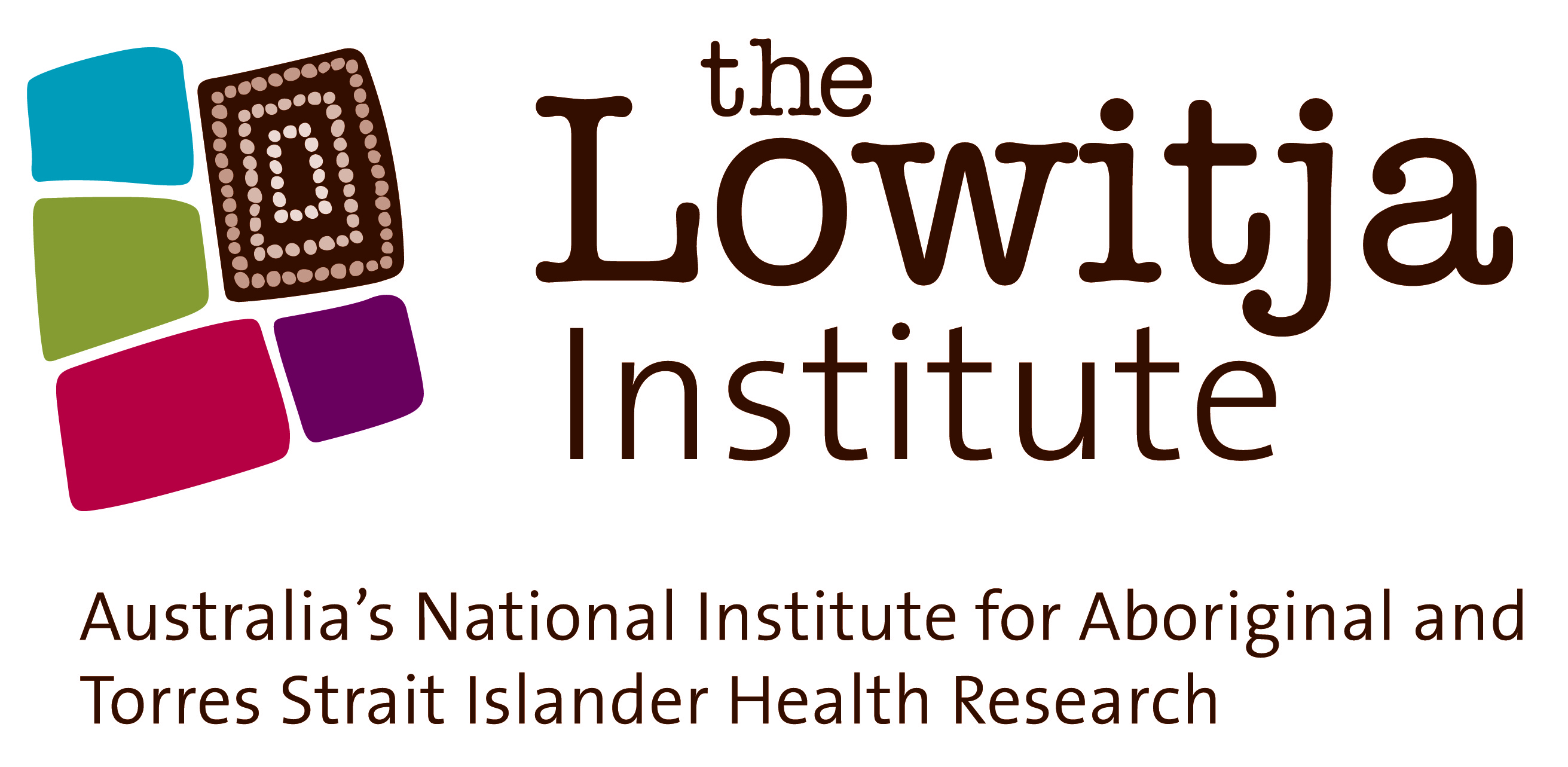Wuŋili yothu - a representation of the child
Soon after conception – often before the mother is even aware that she’s pregnant – the child communicates that they have come into existence. The message is usually conveyed through the unusual behaviour of an animal that is the same moiety and totem of the child.
The message is given to one or more Yolŋu who are not necessarily the parents of the child. They might be a close family member or a member of the unborn child's extended family. The pregnant woman might be present but often she is not.
The message can take various forms: there may be an unexpected abundance of mangrove worms and it is the unborn child who has brought this as a gift. Or it may be a snake coming close to the house, or an animal in the sea or on land that is unexpectedly friendly to people.
Sometimes the animal will have the smell of a human and this will trigger a realisation that it is a sign about a baby.
The Yolŋu who receive the message think about who might be pregnant, wondering whose child will be connected to that animal and looking around for who the mother might be. The totem of the child is already determined through the Yolŋu system before they are born. Those that receive the message then have a special relationship to the child forever – as much as a close blood relationship even if they are not, similar to the Balanda role of godparents. The baby is described as ‘belonging to them’.
If the animal is killed for food, or for safety in the case of something dangerous, when the baby is born there might be a sign on the body linked to the animal: for example, if the snake was killed then the mark of the spear might be on the same place on the baby’s body.
In another example the messenger was a cricket and when the child was born he had hair on his ears and weed a lot – just like the beetle! The connection between the baby and the messenger can also be an explanation for disability.
The message can also come in a dream or from an unusual sound or a change in the landscape. Messages from the natural world can also communicate about the end as well as the beginning of a life:
Sometimes you hear that sacred sound, rushing sound, or the rock moves, or the sea changes, and you know someone’s going to have a baby. This happens when someone’s dying too, we get to notice before it happens through the environment. The wind gives us message. The animal gives us message. They let us know something good or bad - a sign of life or death. They always let us know (Yalŋarra Guyula, Yolŋu researcher)..
Sometimes Yolŋu don’t realise the significance of the message and will only work it out later when they hear that a woman is pregnant - then they recall the event when they were given the message. Sometimes no-one noticed the message so there is no story like this for some children.
Many Yolŋu share such stories, often recounting how and where it happened for themselves, their own children or those of others in their family.
Some Yolŋu believe the child will also have a special relationship to the place where they message was given:
The place recognises the person and is happy that they are back there – the place is where the message was given that the woman was pregnant with that baby (Yalŋarra Guyula, Yolŋu researcher).
So when that baby grows up and goes back to that place, he will find anything there that he needs, like catching lots of fish, finding what he needs. When you go there you feel like you’re home, like you’re really comfortable in that place (Yolŋu grandmother).




